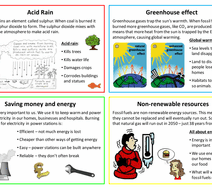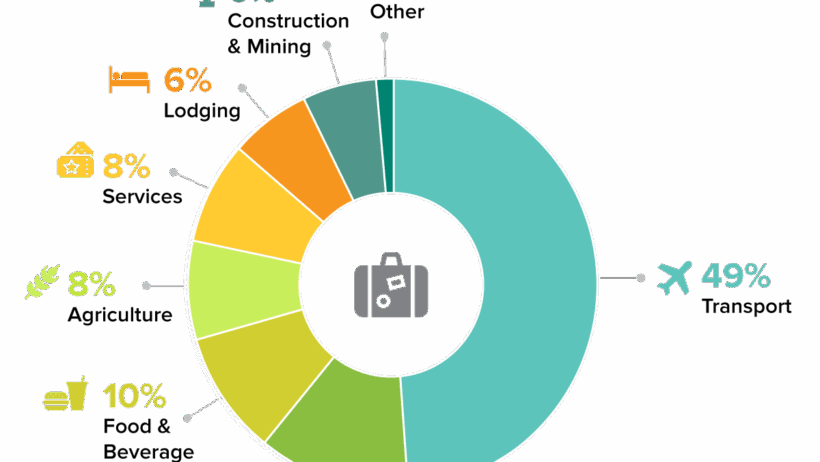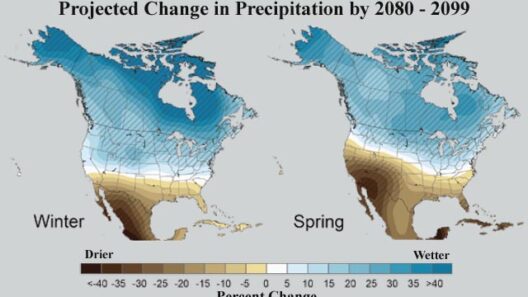In a world where the repercussions of climate change become increasingly palpable, understanding the concept of the carbon footprint is vital. This term encapsulates the total amount of greenhouse gases, particularly carbon dioxide, that are emitted directly or indirectly through our daily activities. The scale of our personal contributions to global warming is profound and often underestimated. From mundane choices like the food we consume to the vehicles we drive, every decision has the potential to either exacerbate or alleviate this pressing global issue.
The essence of a carbon footprint can be distilled into two categories: direct and indirect emissions. Direct emissions stem from sources that we can directly control, such as transportation and residential energy usage. When you drive a car or heat your home, those activities release carbon dioxide and other greenhouse gases into the atmosphere. Conversely, indirect emissions arise from the goods and services we consume—everything from the electricity that powers our devices to the food that graces our tables. It’s essential to grasp both dimensions, as individual actions accumulate into larger ecological impacts.
Transportation represents a significant share of our daily carbon footprints. The type of vehicle used, the frequency of travel, and even the distance traveled can greatly alter our contribution to atmospheric carbon levels. For instance, an average gasoline car releases nearly 404 grams of CO2 per mile driven. This figure skyrockets with the inclusion of additional passengers or heavy cargo. In contrast, opting for public transportation, biking, or walking can radically decrease emissions. Those choices often not only reduce carbon output but can also lead to improvements in personal health and community welfare.
Residential energy consumption is another pivotal area to explore. Heating and cooling systems are notorious for their energy demands. According to estimates, about 65% of a household’s carbon emissions stem from energy used for space heating and cooling. Transitioning to energy-efficient appliances and adopting renewable energy sources, such as solar or wind, can significantly curtail emissions. Additionally, utilizing programmable thermostats can help optimize energy use, allowing for lower consumption without sacrificing comfort.
A critical and often overlooked aspect of carbon footprints lies in our dietary choices. The production of food is a resource-intensive endeavor, with meat products generally yielding a far larger carbon footprint than plant-based foods. For example, a gram of protein from beef emits over 100 times the carbon emissions compared to a gram of protein from legumes. Reducing meat consumption, even incrementally, can contribute to a collective decrease in emissions on a global scale. Embracing a more plant-centric diet not only fosters individual health benefits, but also supports sustainable agricultural practices that are crucial for mitigating climate change.
The carbon impact associated with goods and services should also raise a red flag. The lifecycle of products—from raw material extraction, manufacturing, distribution, to eventual disposal—can leave a sizeable carbon footprint. Opting for local, sustainably sourced products can mitigate this effect. Moreover, reducing consumption, reusing items, and recycling can significantly lessen waste and conserve resources, thereby decreasing the overall carbon emissions associated with production processes.
Moreover, consumer behavior can spur systemic changes. By supporting companies with eco-friendly practices, individuals contribute to a marketplace that prioritizes sustainability. There’s an emerging trend called “green consumerism,” where entities that focus on reducing their environmental impact starve from the increased demand. This consumer-centric paradigm shift diminishes the appeal of businesses that adhere to environmentally unfriendly practices. As purchasing power becomes more conscious, it sends a message to industries that sustainability matters to consumers.
Education and awareness play pivotal roles in shifting perceptions about the carbon footprint. Understanding how our choices intertwine with global ecological crises can lead to informed decision-making. Schools, universities, and community programs should champion climate literacy to equip individuals with the knowledge required to make sustainable decisions. This education can foster a generation dedicated to environmental stewardship, maximizing collective impact against climate change.
While individual actions are crucial, they must be complemented by substantial policy changes at the institutional and governmental levels. Support for renewable energy initiatives, stricter regulations on emissions from industries, and investment in green technologies are imperative in creating a sustainable future. Advocacy can mobilize communities, urging policymakers to take action towards addressing climate change. Grassroot movements, when empowered, can lead to transformative policy shifts that have the potential to significantly decrease carbon footprints on a macro level.
Embracing a sustainable lifestyle involves not only recognizing the importance of individual actions but also acknowledging our interconnectedness in addressing climate change. The collective impact of millions making conscious choices can lead to remarkable change. It’s about inspiring communities to rethink their habits, address challenges, and empower choices grounded in sustainability.
In conclusion, the concept of the carbon footprint enables individuals to scrutinize their daily actions and understand their wider environmental implications. It is more than just a measurement; it’s a call to action. By making informed decisions, collectively we can shift the trajectory of global warming. Every choice, no matter how insignificant it may seem, contributes to a larger narrative—one that urges us towards a sustainable future. Be aware of your footprint and strive to reduce it; the earth’s health depends on it.








